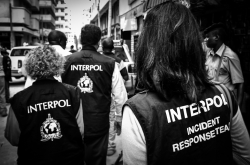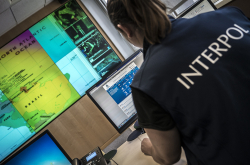INTERPOL protocols
A major disaster – such as an earthquake or terrorist attack – may result in the death of nationals from many different countries and damage or destroy a country’s emergency-response infrastructure.
A coordinated international effort can speed up the recovery and identification of victims, enabling families to begin the healing process and societies to rebuild.

Member countries can call on INTERPOL’s DVI services in the aftermath of a disaster:
- Assistance from the Command and Coordination Centre;
- An Incident Response Team (IRT) to provide further assistance, such as on-site DVI support or connection to INTERPOL’s databases;
- Coordination with other international or intergovernmental organizations, such as the International Committee of the Red Cross (ICRC), International Commission on Missing Persons (ICMP) and International Organization for Migration (IOM);
- Downloadable DVI guide and forms;
- DVI software.
Setting the standard
INTERPOL’s DVI activities are supported by a Working Group, made up of forensic and police experts who meet twice a year to discuss improvements to DVI procedures and standards.
The Working Group publishes the Guide to Disaster Victim Identification which is the unique globally accepted standard for DVI protocols. First produced in 1984, it is updated every five years; and was most recently published in 2023.
Policies, guidelines and training programmes have been produced in the following areas:
- Victim care and family support;
- Occupational care for DVI teams;
- Compliance with international standards and forensic quality assurance controls;
- Information-sharing and exchange;
- Operational assistance to countries which lack DVI capacity.
Definition of Disaster Victim Identification
DISASTER: SINGLE EVENT causing serious damage, destruction, or loss of lives, from natural, technical, or human causes; impacts communities, with short & long-term effects.
(DVI is not intended for the identification of victims in prolonged events such as wars or migration. However, DVI protocols, experiences, and methodologies can nevertheless be applied in such contexts)
A VICTIM is a person who has DIED as a result of a disaster.
DVI is not responsible for the identification of severely injured (living) victims who are unable to identify themselves.
IDENTIFICATION of a disaster victim refers to the process of ESTABLISING THE IDENTITY of a person who has died as a result of a disaster
Open and closed disasters
DVI teams are deployed in so-called open and closed disasters.
Open Disasters: These are disasters that no one knows how many people have died. These often concern natural disasters such as earthquakes, floods, wildfires, but also certain (large) terrorist attacks.
Closed disasters: These are disasters where it is very likely that the number of casualties will be immediately established. Often these are disasters where a prior registration of the persons concerned has already taken place, such as aircraft accidents (passenger list).
Combination open and closed disasters: These are disasters where a combination of the above mentioned disasters occurs. One example of this is an airplane crashing into a residential area.
Four phases to identification
Phase 1 – Scene examination: Depending on the incident, and where it happened, it can take days or even weeks for all the victims and their property to be recovered.
Phase 2 – Post-mortem or PM data: The human remains are examined by specialists to detect as much biometric data as possible. This can include:
• Fingerprints;
• Odontology, or dental examination;
• DNA profiling;
• Physical indications – tattoos, scars or surgical implants which may be unique to the victim.
Phase 3 – Ante-mortem or AM data: The next of kin are interviewed about their missing family member to collect information about the person. Biometric data can also be collected as for a PM investigation, mainly fingerprints, DNA, odontological and medical data.
Phase 4 – Reconciliation: Once the PM and AM data is collected, a team of specialists compares and reconciles the two sets of information to identify the victims. Identification is only possible if there is a 100% match between AM and PM data on DNA and/or odontological data and/or fingerprints. In addition, other information gathered should not exclude an identification.
During the identification process, DVI teams should treat the remains of the victims with the utmost respect and care. The identification process should be transparent in order to inform the next of kin as much as possible.
Duration of the identification process
The length of the identification process depends on many factors beyond the influence of DVI teams. Time is also needed to carry out the identification process carefully and according to the INTERPOL standard in order to be 100% certain about the identity of the victim.
34th Interpol DVI Conference
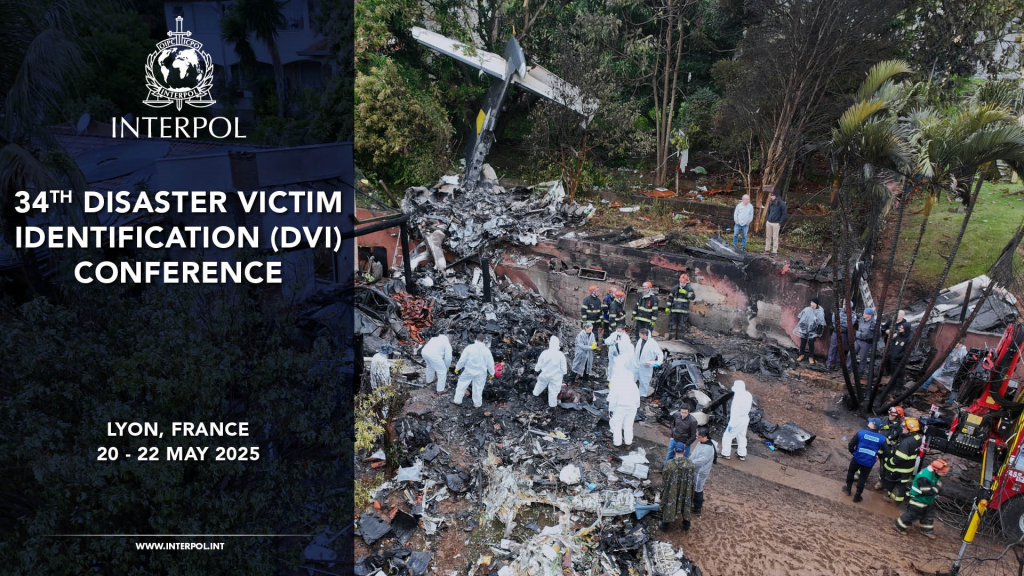
The 34th Interpol DVI Conference was a significant event, attended by over 200 participants from 63 countries and 4 international organizations, and held at the INTERPOL General Secretariat from 20 to 22 May 2025. The conference program included a range of topics, such as case studies, updates, and the latest developments in DVI. Additionally, four scientific Sub-Working groups delved into specialized areas, including odontology, pathology/anthropology, genetics (DNA), and friction ridge and facial recognition.
Deployments of INTERPOL Incident Response Teams
At the request of member countries, we can deploy a specialized team to assist national law enforcement agencies with DVI efforts following different types of disaster. In recent years, IRTs, for example have been deployed to:
Port explosion in Beirut, Lebanon (2020)
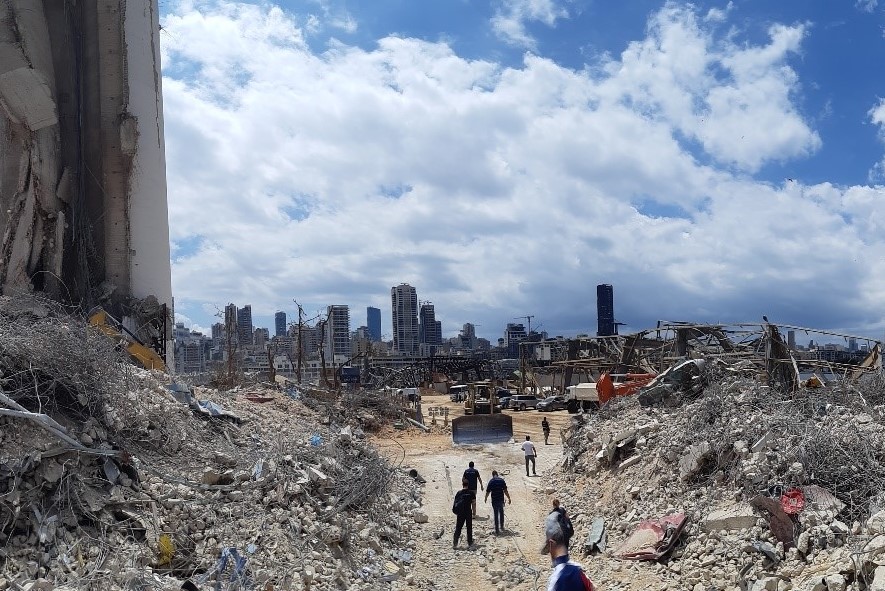
Our crisis response continued, despite the COVID-19 pandemic, as we deployed DVI experts to provide on-site assistance following the explosion that killed more than 200 people and destroyed part of the city.
Easter bombings, Sri Lanka (2019)
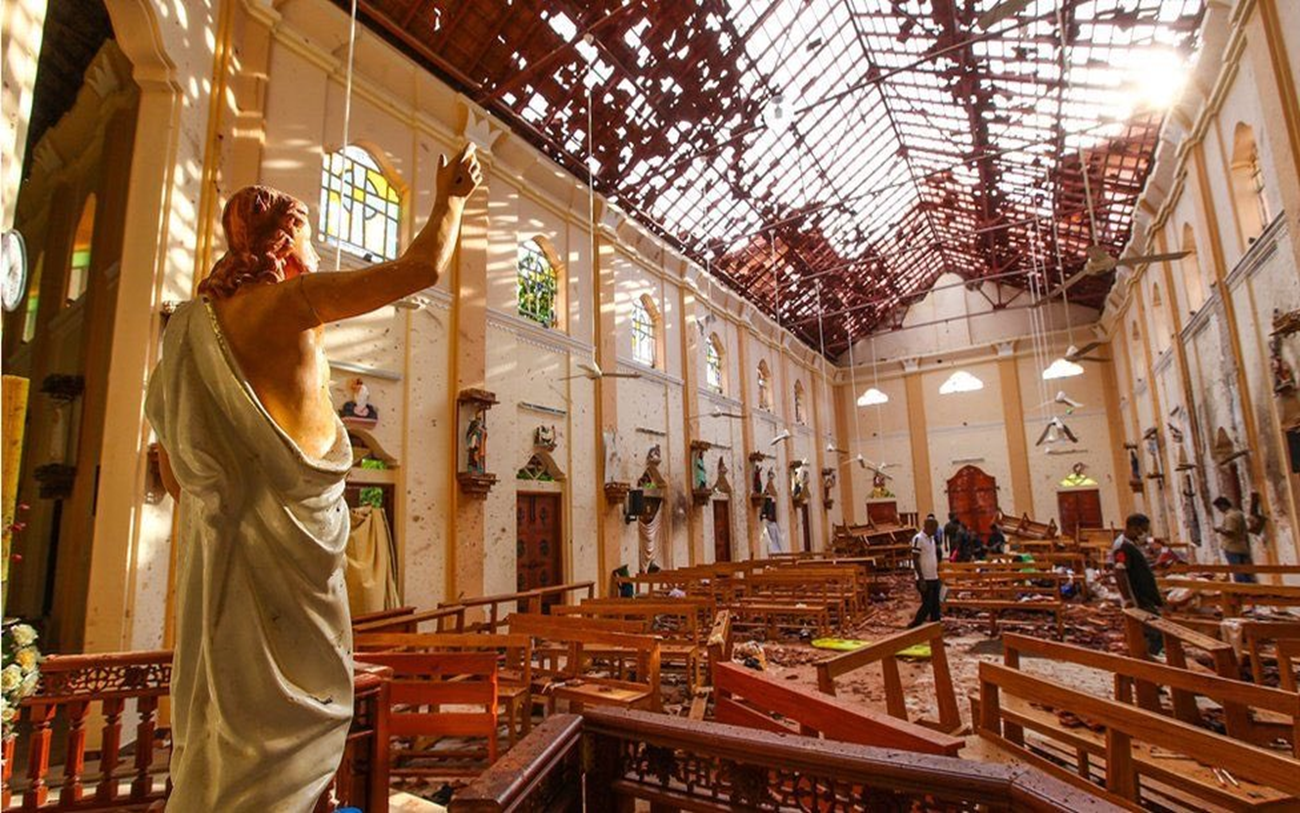
In the aftermath of coordinated suicide bombings, an IRT supported local officers with the collection of post- and ante-mortem data of foreign victims. At the end of the operation, all the human remains had been identified.
Crash of Ethiopian Airlines Flight 302 (2019)

On 10 March 2019, Ethiopian Airlines flight ET302 crashed in Ethiopia killing all 151 passengers and 7 crew. We deployed an Incident Response Team to help local authorities and other international DVI teams to identify the victims.
Related documents











